The best June flowers to add colour to your garden
Our selection of the 10 best perennial plants you can grow to fill the June flowering gap.

Our selection of the 10 best perennial plants you can grow to fill the June flowering gap.

There’s always a lull before the main summer rush arrives, when there’s plenty of foliage but not enough flower to satisfy the gardener or the pollinator.
It's why its often referred to as the 'June gap' because there is a general shortage of pollen and nectar for bees and pollinators to forage. Honey bee colonies are approaching their peak and this drop can leave colonies struggling to feed themselves.
However, help is at hand thanks to some perennial plants which flower in the June gap, lifting the garden and carrying it towards summer.
This sprawling pale-yellow anthemis with the grey-green filigree foliage begins flowering from mid-May onwards, making a fine partner to Nepeta ‘Six Hills Giant’.
It can tumble over a wall, or cover the ground and it’s hardy in well-drained soil. Cuttings need to taken regularly as, like all anthemis, this tends to be short-lived.
Certain hardy geraniums begin their long flowering season in May. ‘Patricia’ is black-eyed magenta-pink that forms a substantial mound. ‘Orion’, also substantial, is the finest of the blues. Cut both back hard as they finish their first flush and they will leaf up in a week and flower five weeks later.
Woodland geraniums also peak now. Among the best are the sprawling G. macrorrhizum and the more upright G. phaeum. Be warned though: the latter self-seeds. Widely available.

These long-lived poppies come in a wide range of colours. After flowering they become summer dormant, leaving an unsightly gap. Surround them with penstemons or cosmos as a follow up act. These tap-rooted, long-lived poppies compensate by having good winter foliage and an ability to thrive on poor soil.
Good varieties include the beetroot-blotched, small-flowered shell-pink ‘Karine’, the upright bright-pink ‘Raspberry Queen’ and the early bright-red ‘Beauty of Livermere’. Widely available.
This provides a foot-high froth of pale-pink or white flowers above crimped green rosettes. There are some very fine forms on offer.‘Miss Chambers’ (Cotswold Garden Flowers) has red-eyed pale flowers and darker rosettes and S. x geum Dixter (Beth Chatto) form are both aristicratic forms that could line a path, or mingle with similar plants that like a bit of moisture.
Divide and replant every third year or so, to keep up vigour.
The truly perennial winged violas are long lived as long as they are sheared back in early September to form a tight mat of foliage. They will not overwinter if left untrimmed. The white form, ‘Alba’ is divine close to box, but there are also wispy blues such as the pallid pink ‘Victoria’s Blush’, the sky-blue ‘Belmont Blue’ and the more solid-petalled species Viola cornuta.

Astrantia, also known as Hattie’s pin cushion, sums up the gentility of this remontant umbellifer which always flowers lavishly in June as well as a little in September.
‘Hadspen Blood’, a deep-red form of astrantia from the famous Somerset garden, loves the same dappled shade and cool position as the oriental hellebore and they make good partners. ‘Ruby Wedding’ is a clearer red. The pale-pink, sun-seeking ‘Buckland’ will flower almost continually.
Always deadhead astrantia as the flowers age badly and inferior seedlings can be a problem. Widely available.
This airy, elegant white catchfly is exquisite in shade. The white pinked petals emerge from apple-green, balloon-like calices and the foliage is good too. It rambles about and will grow in fairly dry soil, lighting up dark corners, just as the ferns crosiers are looking at their most glorious.
This lovely white aquilegia was developed over decades by Gertrude Jekyll in her garden Munstead Wood. It’s a stable seed strain producing true plants with green-tipped white flowers and fresh-green foliage. Aquilegias like shade and can tolerate poorer soils.
Foliage is a real feature, especially if cut back hard in early autumn. These plants can be allowed to self seed in wilder areas, but if you have lots of choice plants, deadhead all but a couple of stems. Save the seeds and sprinkle, or sown as soon as the seed is ripe.

This award-winning American Siberian iris, bred in 1973 by Currier McEwen, has cornflower-blue petals crisply edged in white. It’s a vigorous tetraploid and one of the more-easily grown.
Give it good soil and a sheltered position and it will shine at the front of border at this time of year.
Allium 'Purple Sensation' is the most useful bulb now, with vibrant purple, slightly fuzzy spherical flowers of the perfect size for the three-foot high stems. It’s easy to grow, cheap to buy and your autumn-planted bulbs will give roughly five years of flower before they need to be replaced.
Like most alliums, the foliage is ragged by the time the flowers appear, so have it popping up through sages, lavenders or artemisia. Take off the seed heads before they drop their black seeds.

Rekha Mistry shares her top vegetables to grow in your garden all year round.
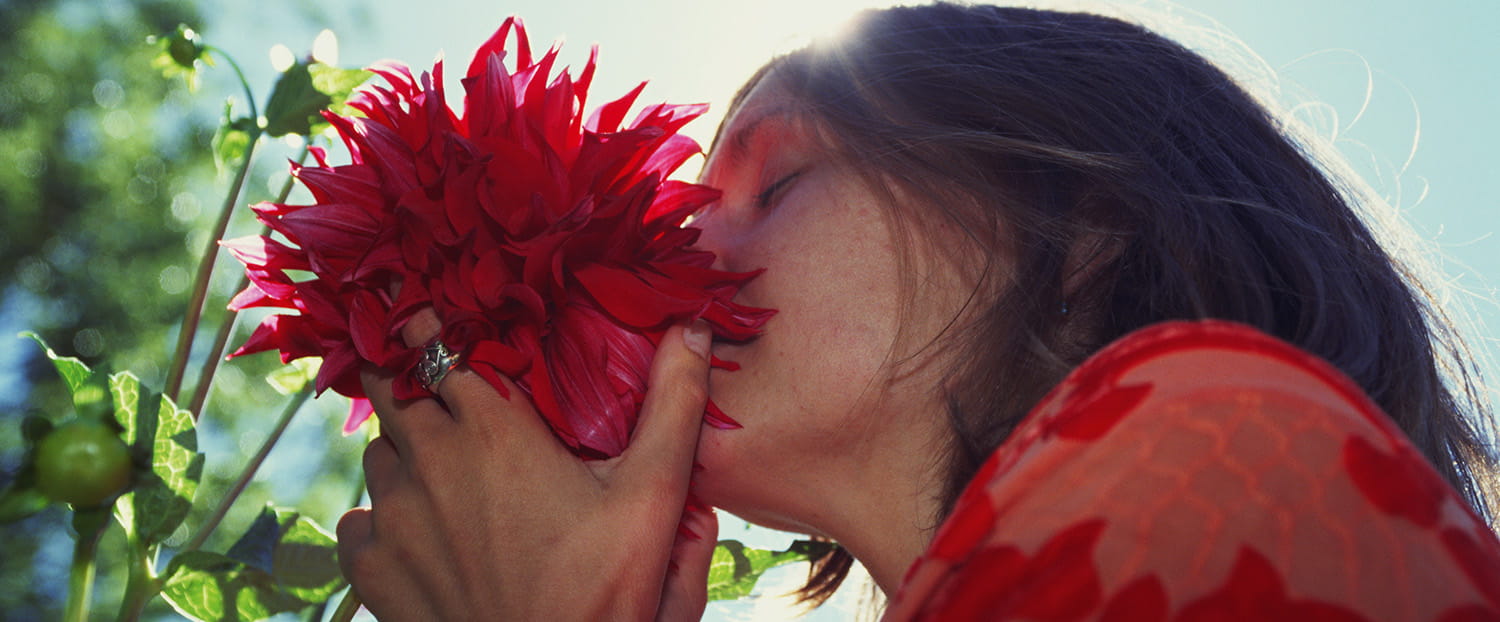
We explain the science and have 7 of the best scented plants for your garden.
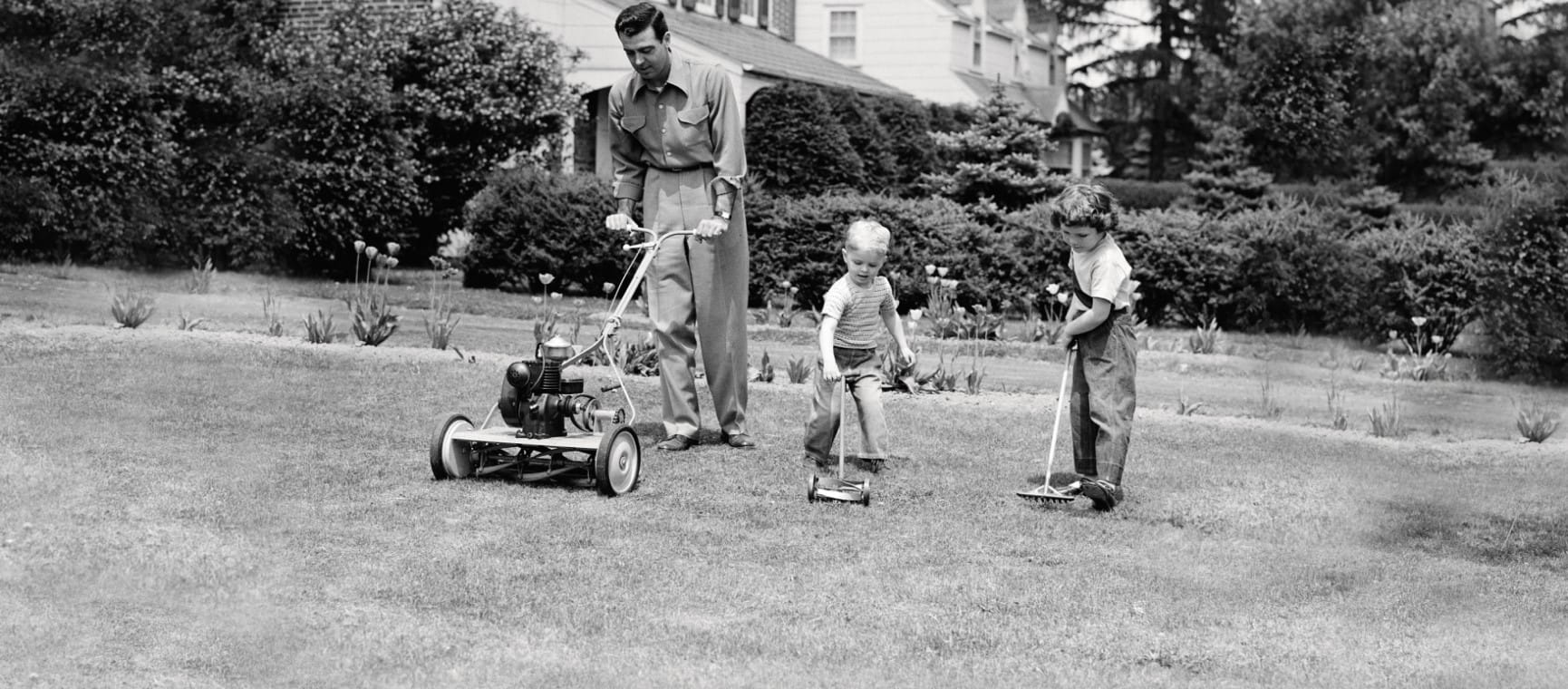
From robot mowers to electric pruning shears, spruce up your outside space with four of the best garden gadgets
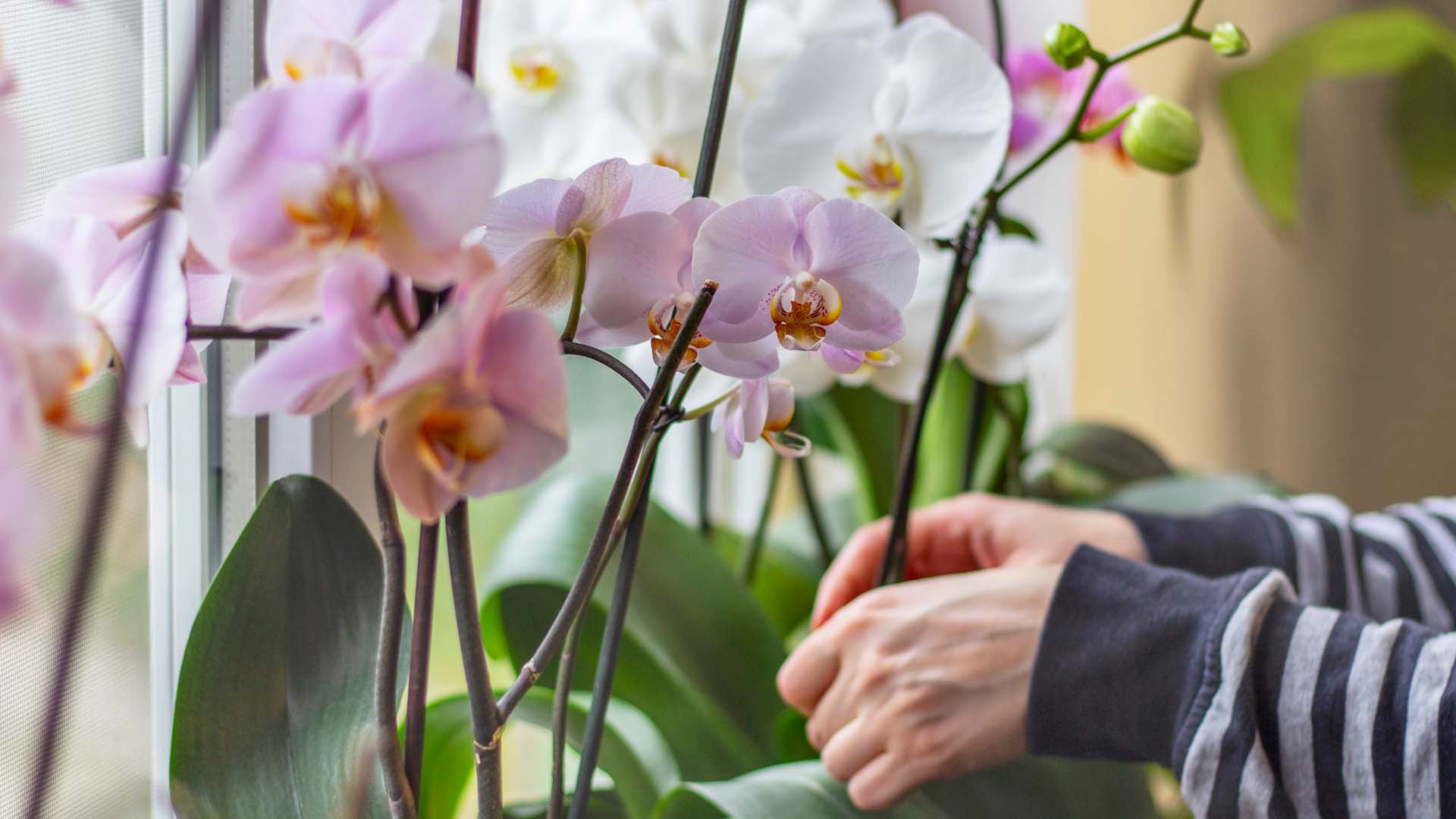
Our expert pruning and watering hacks include a top tip to keep them flowering from Alan Titchmarsh.
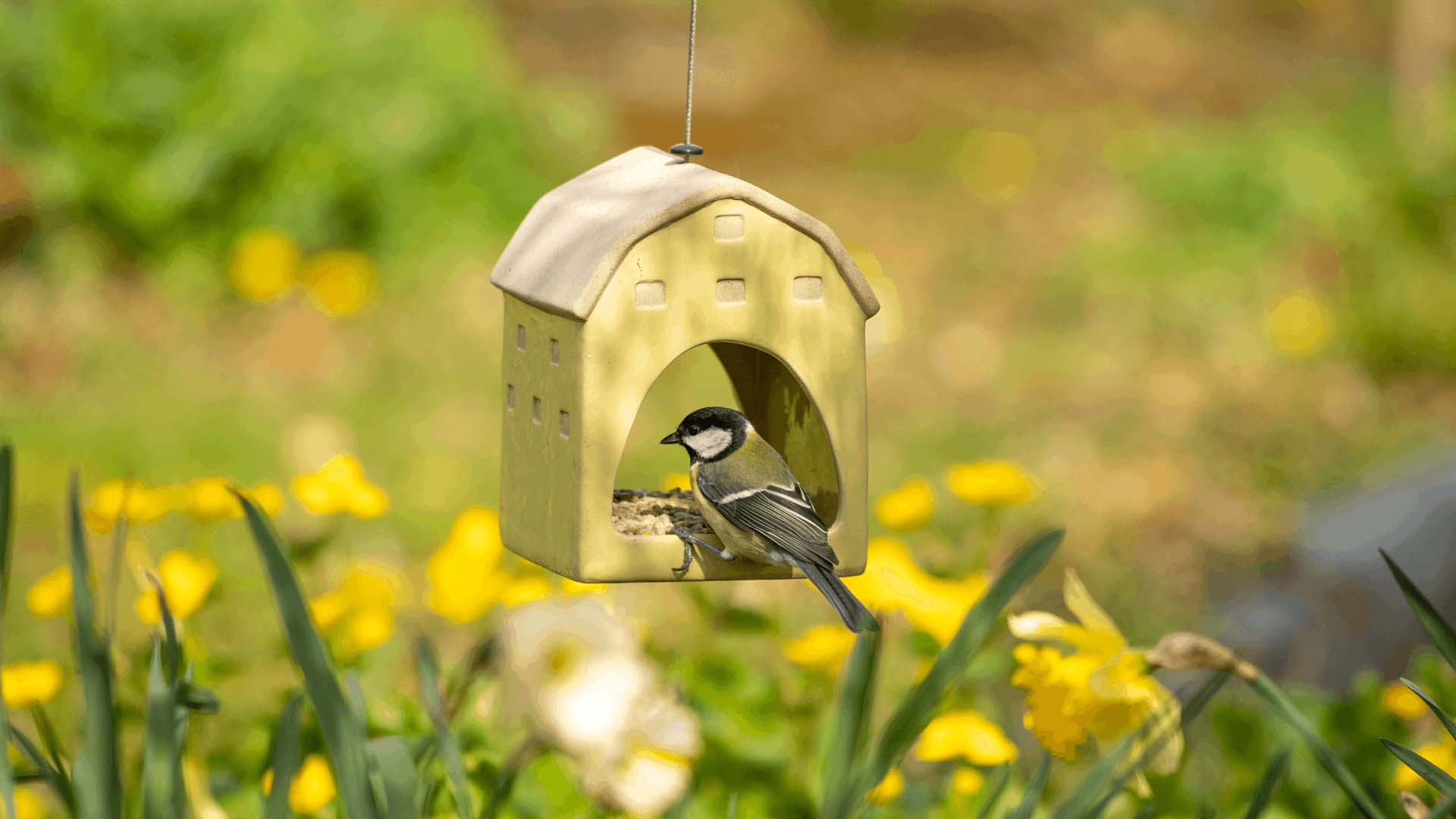
Don’t make these bird-feeding mistakes. Expert advice on how to feed birds in your garden safely.
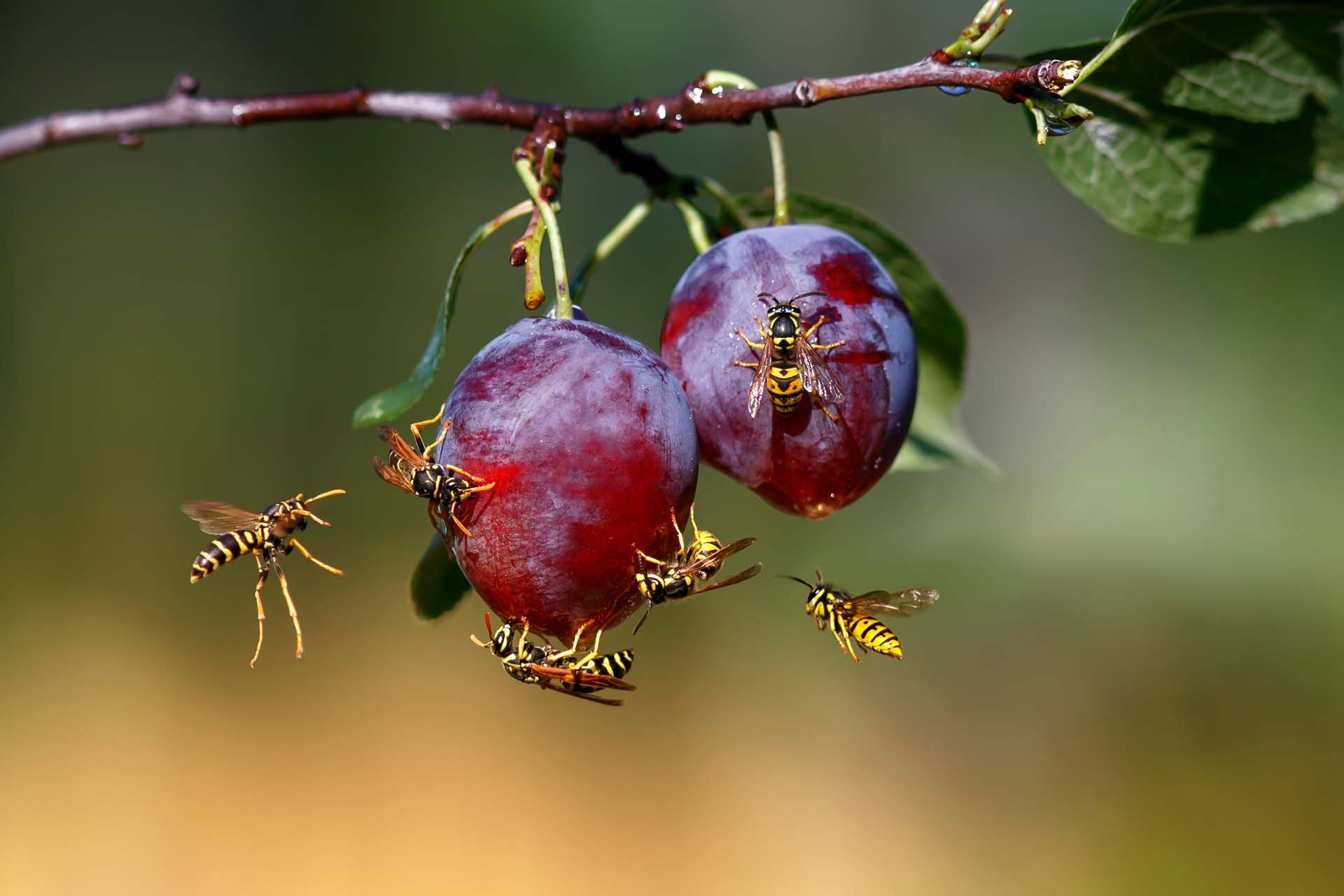
Blighted by buzzing? How to keep wasps out of your garden without harming them so you can enjoy the summer.
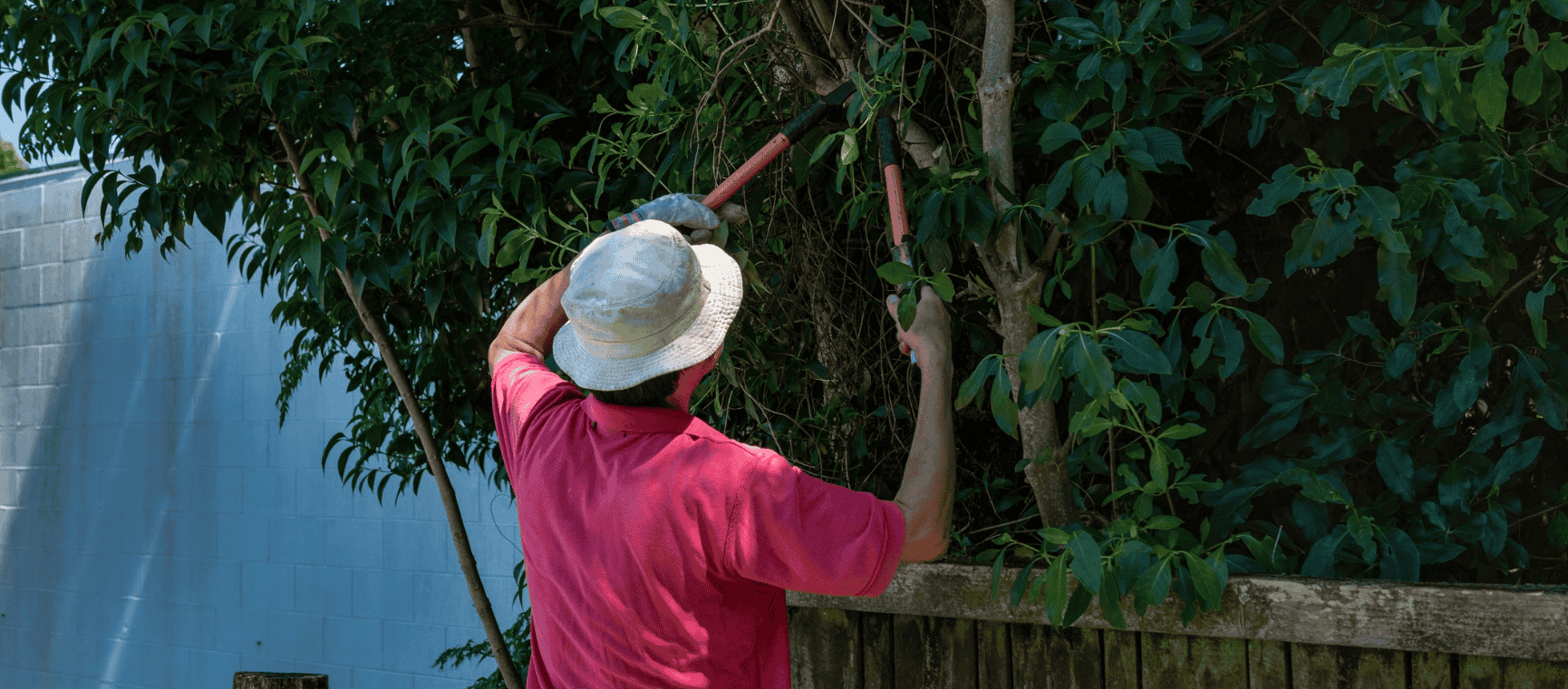
The ways you could be breaking the law in your back garden - with expert advice on how to avoid neighbour disputes, a fine or even a prosecution.
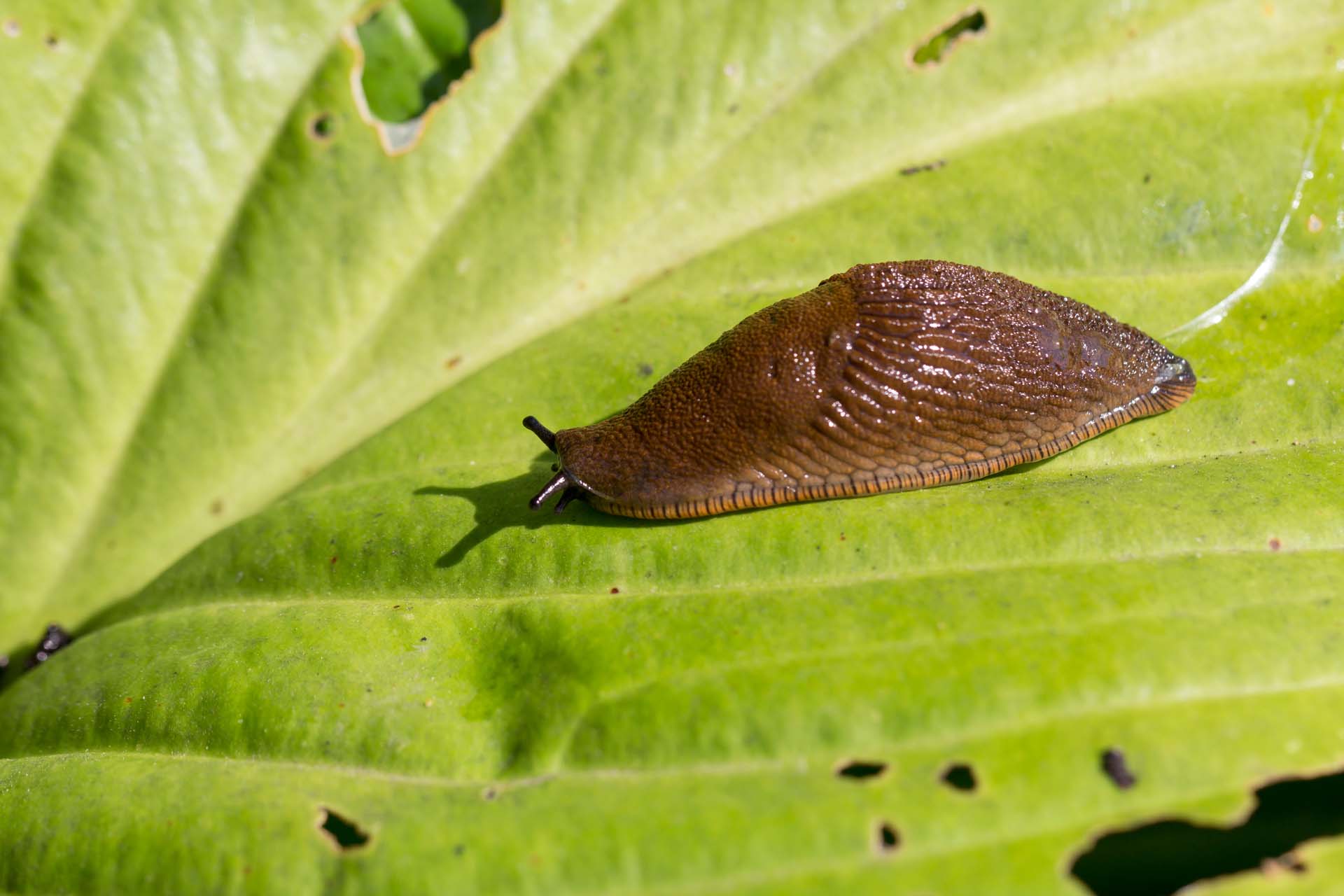
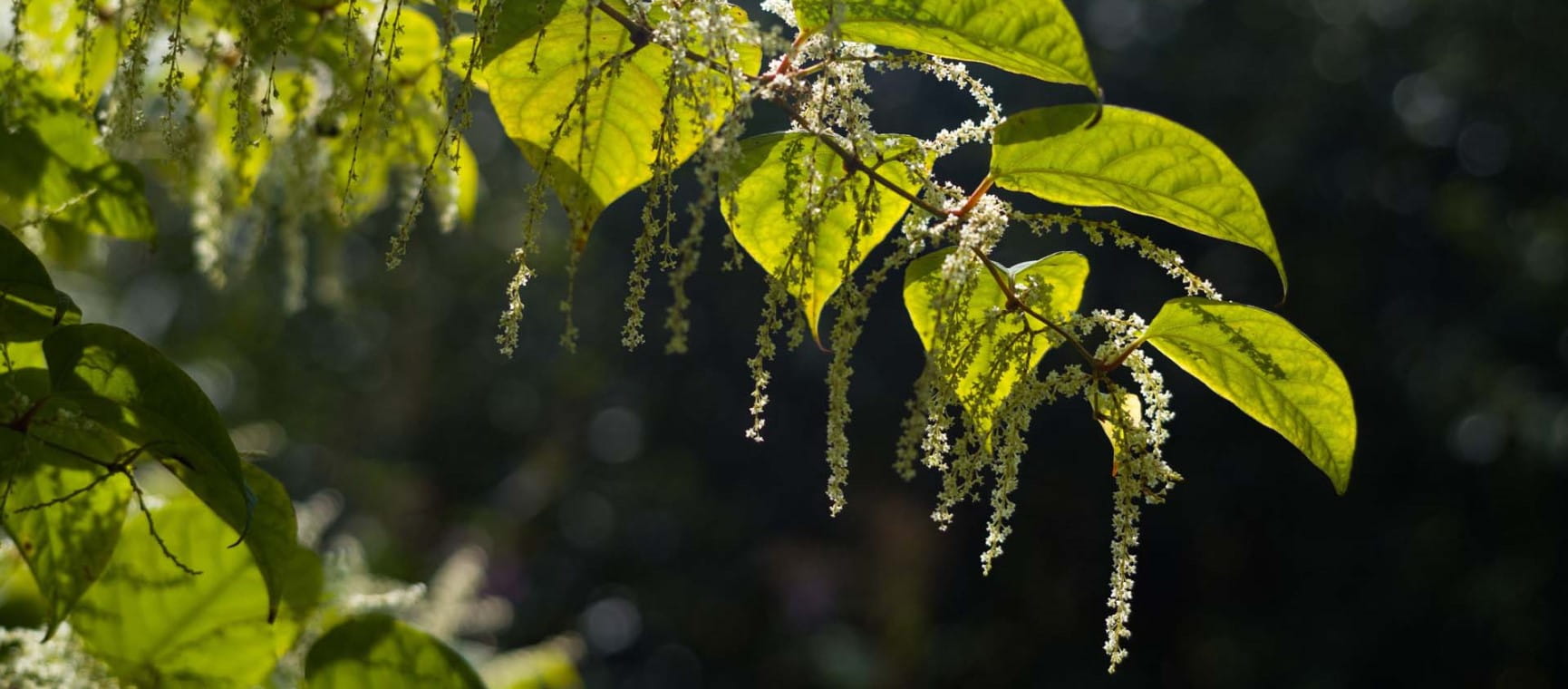
Everything you need to know about Japanese knotweed, the fast-growing plant nobody wants in their garden.